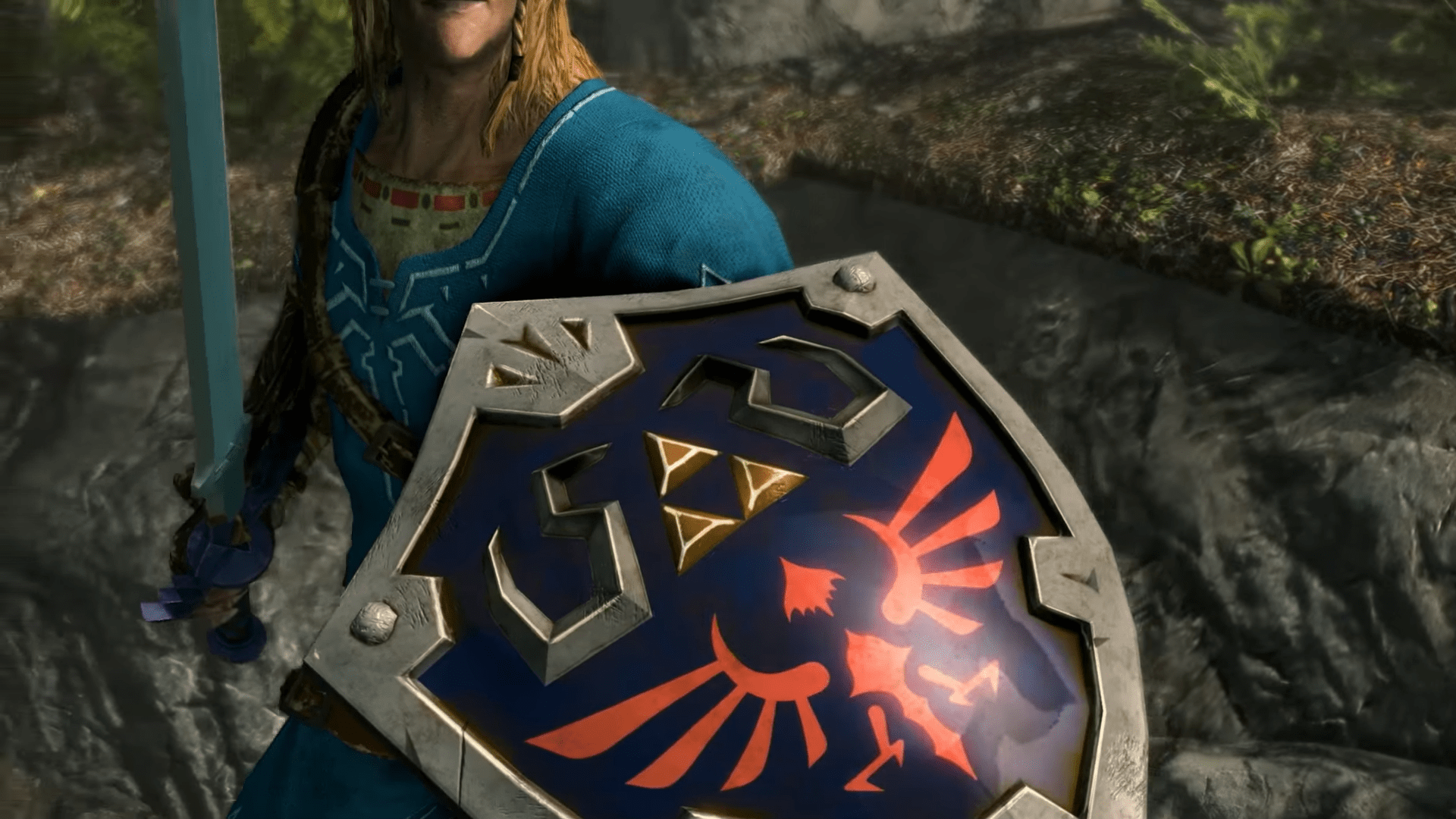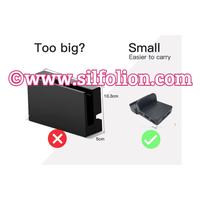


To this day, Jazzmasters remain a popular model, available not just with best-of-class electronics, but in all manner of budget configurations as well.

Fortunately for those that didn't like it, you could easily lock it in place.ĭecades later, the guitar's second life began as Sonic Youth, Dinosaur Jr., My Bloody Valentine, and other indie rockers made Jazzmasters more popular than they'd ever been before. The vibrato system-while not to everyone's liking-was itself a new system that lent guitarists an easy way to introduce pitch-up and pitch-down vibrato. But some rockers and surf guitarists found plenty to love in the Jazzmaster's unique pickups, the selector switches that allowed players to dial in two tones at once-and, of course, the wild offset shape. Well, the jazz players didn't really bite. Fender's Teles and Strats were already wildly successful with country pickers and rock 'n' rollers, but the company wanted to snipe some serious business from Gibson and its jazz clientele.Īs you can read in Tony Bacon's "Fender Goes High-End: The Origins of the Jazzmaster," Leo wasn't about to start making arched-top jazz boxes, but he did think the Jazzmaster's pristine electronics and tonal possibilities would create some converts. When Leo Fender introduced the Jazzmaster in 1958, his aspirations for the new guitar were right there in its name.


 0 kommentar(er)
0 kommentar(er)
